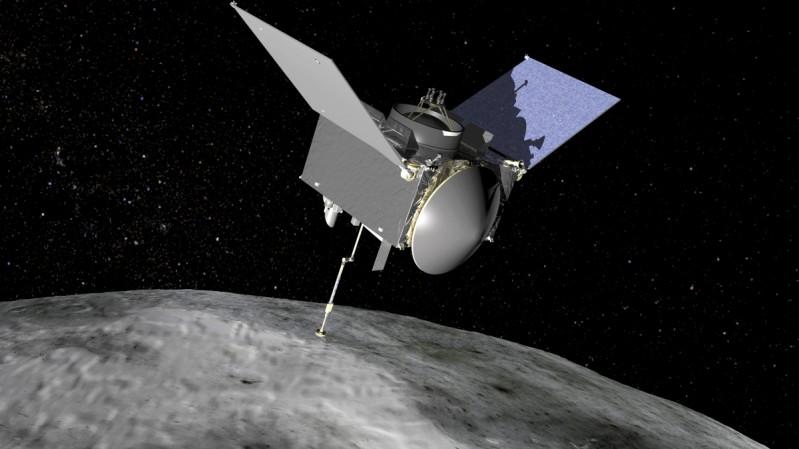
Asteroid Bennu has a 1 in 2,700 chance of hitting Earth on September 21, 2135, and NASA has a plan to destroy it using nuclear bombs before it reaches here.
The chances of Bennu actually making contact with Earth is highly unlikely, but the US government wants to make sure that this threat is neutralized, notes a report by Futurism. Bennu is currently about 54 million miles from Earth and orbits Sun.
The asteroid is a near-Earth object (NEO) listed as a "potential Earth impactor" and is quite massive. Measuring about 500 meters, the rock is not large enough to pose an existential threat to Earth, notes a report by Space.com.
However, NASA, the National Nuclear Security Administration, and two Energy Department weapons labs have decided to design and develop a spacecraft that can deliver nukes to it if it gets too close.
The project has been named Hypervelocity Asteroid Mitigation Mission for Emergency Response (HAMMER). There are two methods listed by the Futurism report on how HAMMER could possibly work. If the asteroid is small, the spacecraft can be used like a pummeling tool and an 8.8-ton impactor would simply smash the rock. If the asteroid is large, then the idea is to obliterate it with nukes.
Another way the HAMMER could stop an asteroid from hitting Earth is by changing its course. Multiple impactors hitting it could deflect the asteroid effectively said Physicist David Dearborn from the Lawrence Livermore National Laboratory.
The idea is not entirely new notes the report. The original idea for HAMMER reportedly came from a 2010 report published in the journal Acta Astronautica where scientists wrote that, "The two realistic responses considered are the use of a spacecraft functioning as either a kinetic impactor or a nuclear explosive carrier to deflect the approaching NEO."
HAMMER, however, might not ever be built, notes the report. This is because the cost of a mission like this is prohibitive. Right now, NASA has a space probe on its way to Bennu called the OSIRIS- REx and it is an exploratory mission. The space agency has already spent $800 million on it and getting funding for a project like this is highly unlikely.
Nasa reports that the OSIRIS- REx will reach Bennu this year, collect samples and head back to Earth by 2023. Of the many reasons why this mission was taken up in the first place like planet formation, and origin of life, Nasa also wants to improve the "understanding of asteroids that could impact Earth."
It is important to remember that Bennu only has a 0.0003 percent chance of hitting Earth. Also, Bennu, through its long and violent journey through the Solar System, is not exactly heavy or dense. Nasa says its density is less than rock, so there are chances that it might have hollow crevices that act as time capsules, holding within it the original organic matter that got scattered out over the galaxy, some of which eventually ended up as and on Earth, leading to life here.

















